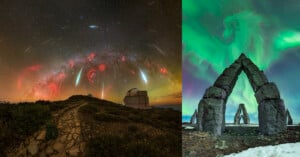
Astronomy Photographer of the Year Features Cosmic Fireworks and Aurora Dragons
The shortlist for the Astronomy Photographer of the Year has been revealed with a hatful of spectacular celestial images picked from over 3,500 entries.

The shortlist for the Astronomy Photographer of the Year has been revealed with a hatful of spectacular celestial images picked from over 3,500 entries.
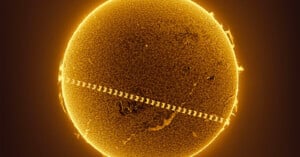
Astrophotographer Miguel Claro captured this magnificent image of the International Space Station (ISS) transiting the surface of the Sun in the blink of an eye.
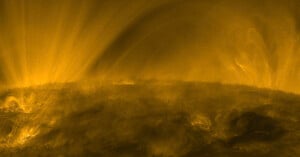
The European Space Agency (ESA) published a new video captured from its Solar Orbiter that provides an up-close, detailed look at the Sun's corona.
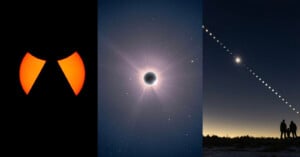
Total solar eclipses in North America are exceedingly rare and for those lucky enough to be in the path of totality for yesterday's eclipse it may be the only one they ever see in their lifetime.
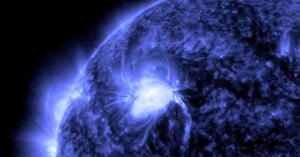
The Sun has been very active so far this month, with powerful sympathetic solar flares dazzling scientists and viewers alike and recent X-class flares making many wonder about communications network integrity. NASA's Solar Dynamics Observatory (SDO) constantly monitors the Sun and captures the recent powerful solar flares in exquisite detail across multiple wavelengths.

Two powerful solar flares exploded nearly simultaneously on the Sun earlier this week, creating a spectacular and exceptionally rare sight.
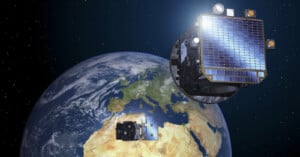
The European Space Agency (ESA) is preparing to launch a pair of satellites called the Proba-3 which will do what was previously thought impossible: block out the Sun in order to observe its corona for an extended period of time.
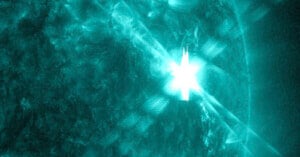
Anyone who follows the solar system closely will know the Sun is extremely active at the moment and video has emerged of a huge explosion on the surface that has already affected radio communications on Earth.
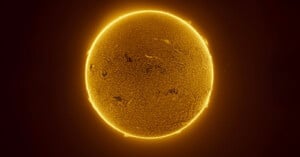
An astrophotographer captured a spectacular timelapse of the Sun at a time of greatly increased solar storm activity.

A group of astronomers have called for more disco balls to be installed in observatories and scientific facilities to better observe the Sun.
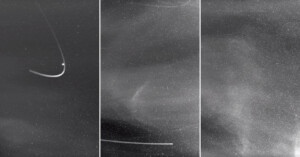
NASA's Parker Solar Probe, the first spacecraft to "touch the Sun," sailed directly through a coronal mass ejection (CME).
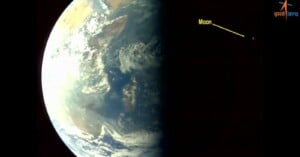
The Indian Space Agency (Isro) has shared the first-ever photographs sent by the country's solar observation mission as it makes its way toward the Sun.
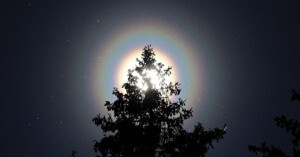
A photographer in Finland captured rainbow-colored rings around the Sun caused by pollen hanging in the air.
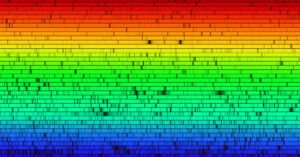
A recent NASA Astronomy Photo of the Day selection showcases all the visible colors of the Sun. The beautiful image was created by the McMath-Pierce Solar Observatory and shows that while the Sun often appears bright white, it emits light of nearly every color.
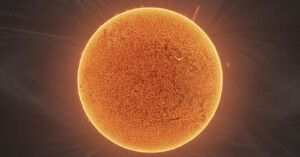
Astrophotographers Andrew McCarthy and Jason Guenzel teamed up to produce this stunning image of the Sun with a solar tornado spinning off it that's as tall as 14 Earths.
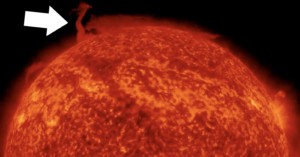
A satellite captured the moment a chunk of the Sun's northern pole broke off into a vortex, as scientists struggle to understand what is happening.
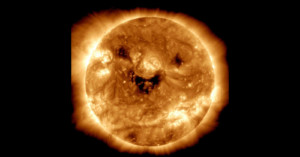
NASA’s Solar Dynamics Observatory (SDO) has captured the Sun "smiling", thanks to the star's extremely active period.

Astrophotographer Ian Griffin captured this unusual photo of a solar analemma that charts the Sun's path over a year using a pinhole camera with a 4x5 glass plate inside.
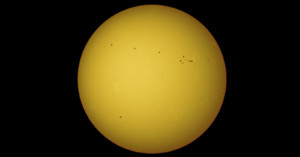
Juan Carlos Casado photographed the Tiangong Space Station (TSS) passing in front of the Sun capturing the outline of the spacecraft's modules and solar panels.
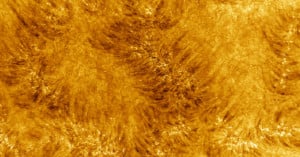
The United States National Science Foundation (NSF) is celebrating the successful inauguration of the world's most powerful solar telescope, the Inouye Solar Telescope, through a pair of extremely detailed photos of the Sun's chromosphere.
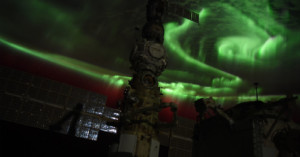
Astronaut Samantha Cristoforetti this week posted awe-inspiring photographs of the aurora australis from aboard the International Space Station (ISS).
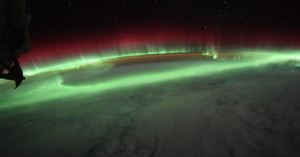
NASA astronaut Bob Hines photographed the aurora from the International Space Station (ISS) capturing a spectacular image of the magical lights dancing on the Earth's surface.
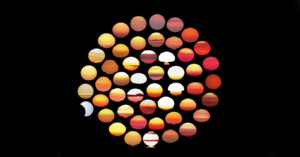
Photographer Marcella Pace has captured the many color shades of the sun and put them together in one image to conceptualize infinity.
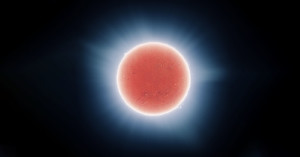
Talented astrophotographer Andrew McCarthy has posted a wonderous 145-megapixel image of the sun he captured with a specially modified telescope.
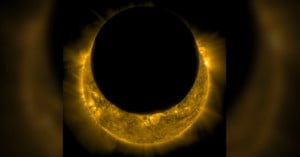
The Solar Dynamic Observatory (SDO) took advantage of its unique vantage spot in space to capture stunning images of a partial solar eclipse.
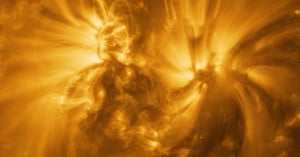
The European Space Agency (ESA) has released the highest resolution photo ever taken of the Sun that includes its full disc, outer atmosphere, and corona that has ever been captured.

The Solarcan Puck is a reusable time exposure pinhole camera that is designed to capture the path of the Sun as it moves across the sky over the course of a day.
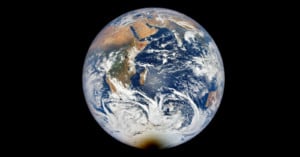
On December 4, 2021, a total solar eclipse occurred over the skies of Antarctica. It was the only place on Earth where it was visible, and this photo from space shows the huge shadow the event cast over the southernmost continent.
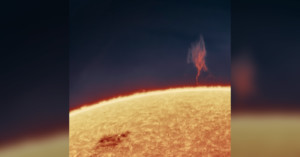
Right now, there is an 80,000 mile high "plasma tree" bursting from the surface of the Sun and into its atmosphere. This image, captured by photographer Andrew McCarthy, provides a sense of scale to the sheer mass of the Solar System's star.
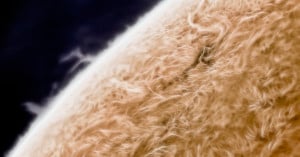
Astrophotographer Jason Guenzel has captured one of his most detailed solar images in his years of photographing "the curiosities of the universe." It's a stunning photo that reveals the twisted "surface" of our Sun.